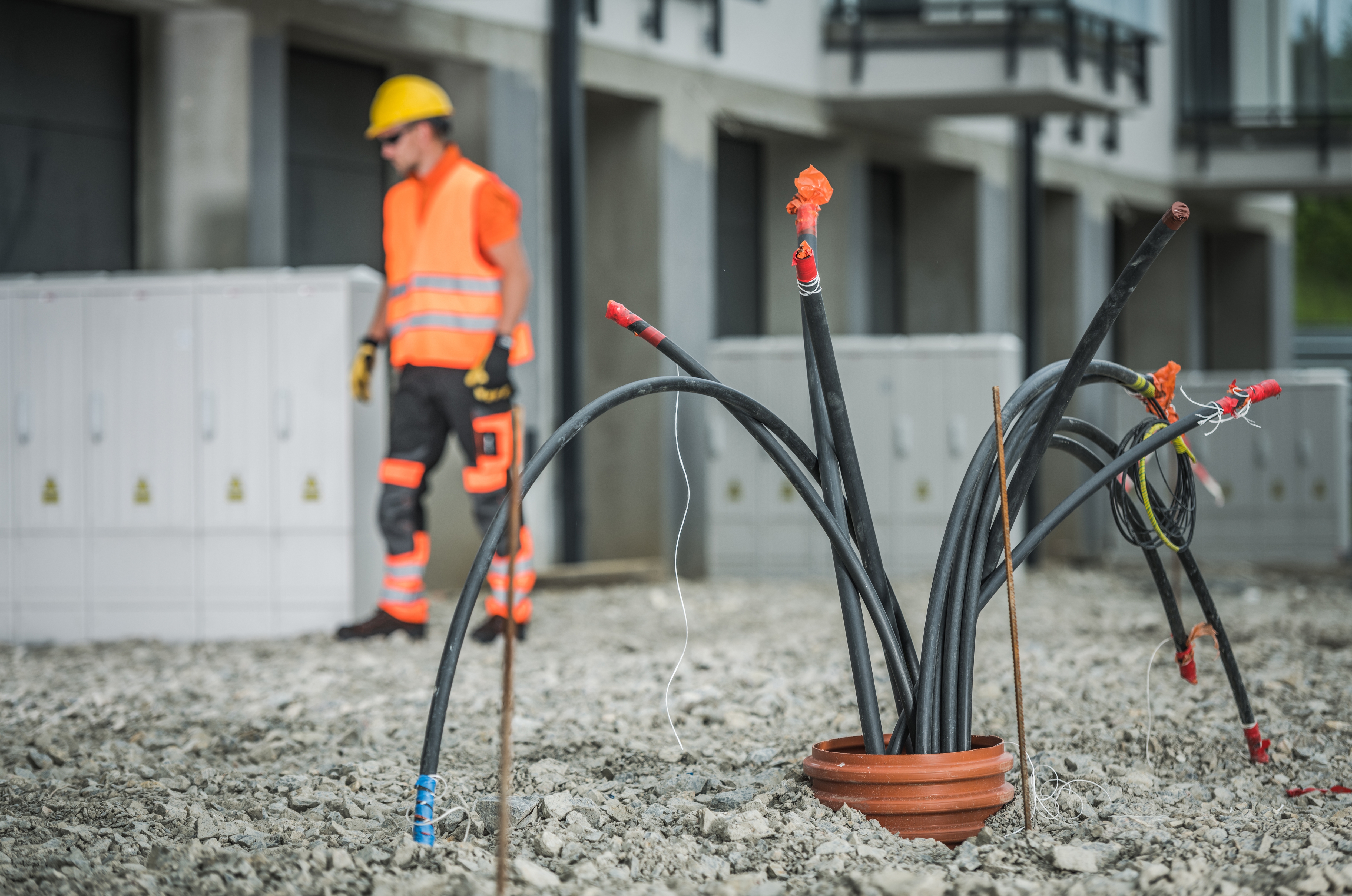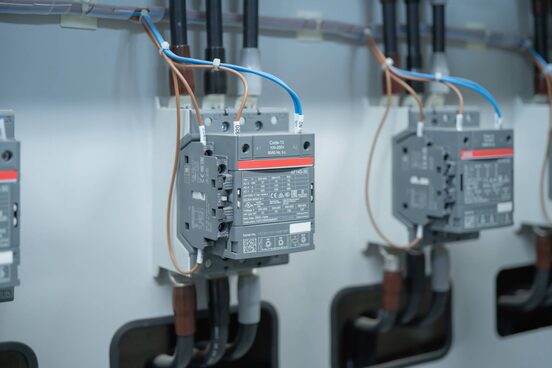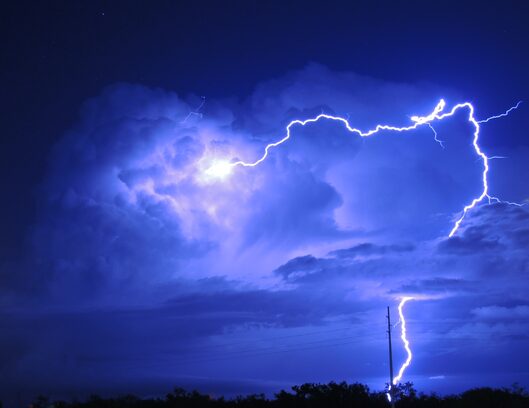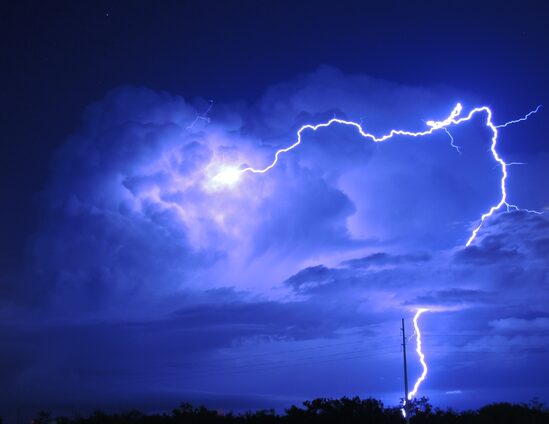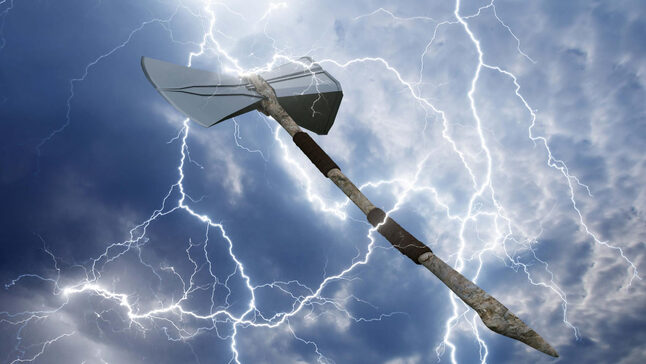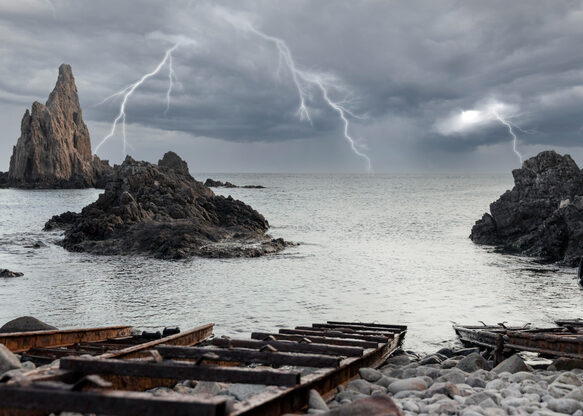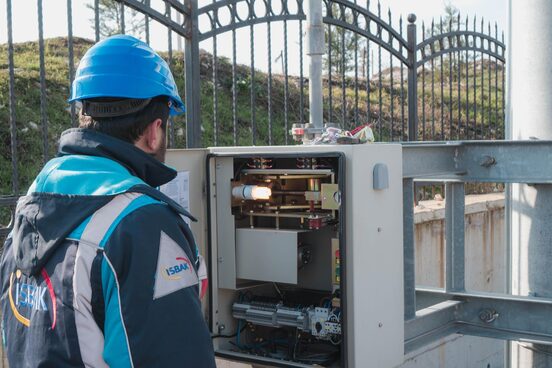Grounding rods are critical in electrical grounding systems. They provide a safe pathway for excess electricity to dissipate into the earth, protecting people and electrical equipment from potential harm caused by lightning strikes or power surges.
A grounding rod is usually located very close to your main electrical service panel. It’s approximately one-half inch in diameter and 8 to 10 feet in length. To provide an approved ground connection, it must be electrically tied to your main service panel.
How can you extend the lifespan of the grounding rods?
It’s important to get the most out of your investment, and while these rods are known for their longevity, you still need to maintain them properly.
- Be sure they are installed properly
- Protect them from corrosion with methods like galvanization
- Conduct routine maintenance
- Monitor and test regularly
Electrical systems have become increasingly complex over the past decade. As a result, long-lasting, durable grounding rods that require less maintenance have become even more important.
Lightning Eliminators ensure electrical protection. Our grounding rods meet the highest standards. By delivering products with excellent conductivity and corrosion resistance, we help your electrical system stand the test of time.
Our chemical grounding rods (CHEM) are tube-shaped devices filled with electrolytic salts that help improve the soil's conductivity around the electrode. Ground augmentation fill (GAF) increases system efficiency. They are used in areas with high soil resistivity. Every Chem-Rod comes with a standard removable cap and access cover for easy maintenance of the ground salt charge.
Our Chemical grounding rods are efficient, consistent, economical, reliable, and low maintenance!
They create an optimal electrical connection to the earth with a large conductive surface and are known to solve problems found with conventional grounding rods by requiring less real estate and fewer electrodes to meet specified resistance.
In addition, it meets or exceeds relevant design codes and safety standards for protecting personnel, property, and sensitive equipment.
Don’t compromise on safety or performance. LEC has got you covered for all your grounding needs. Contact us to get started.


